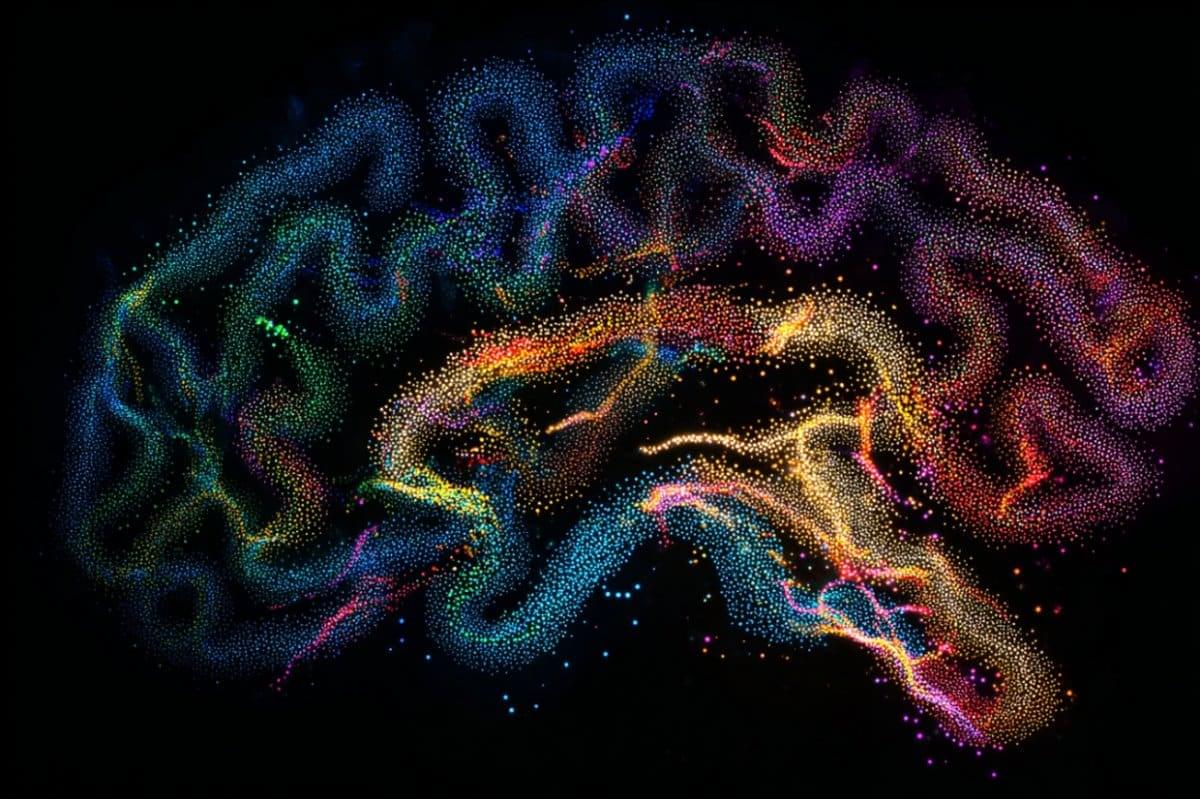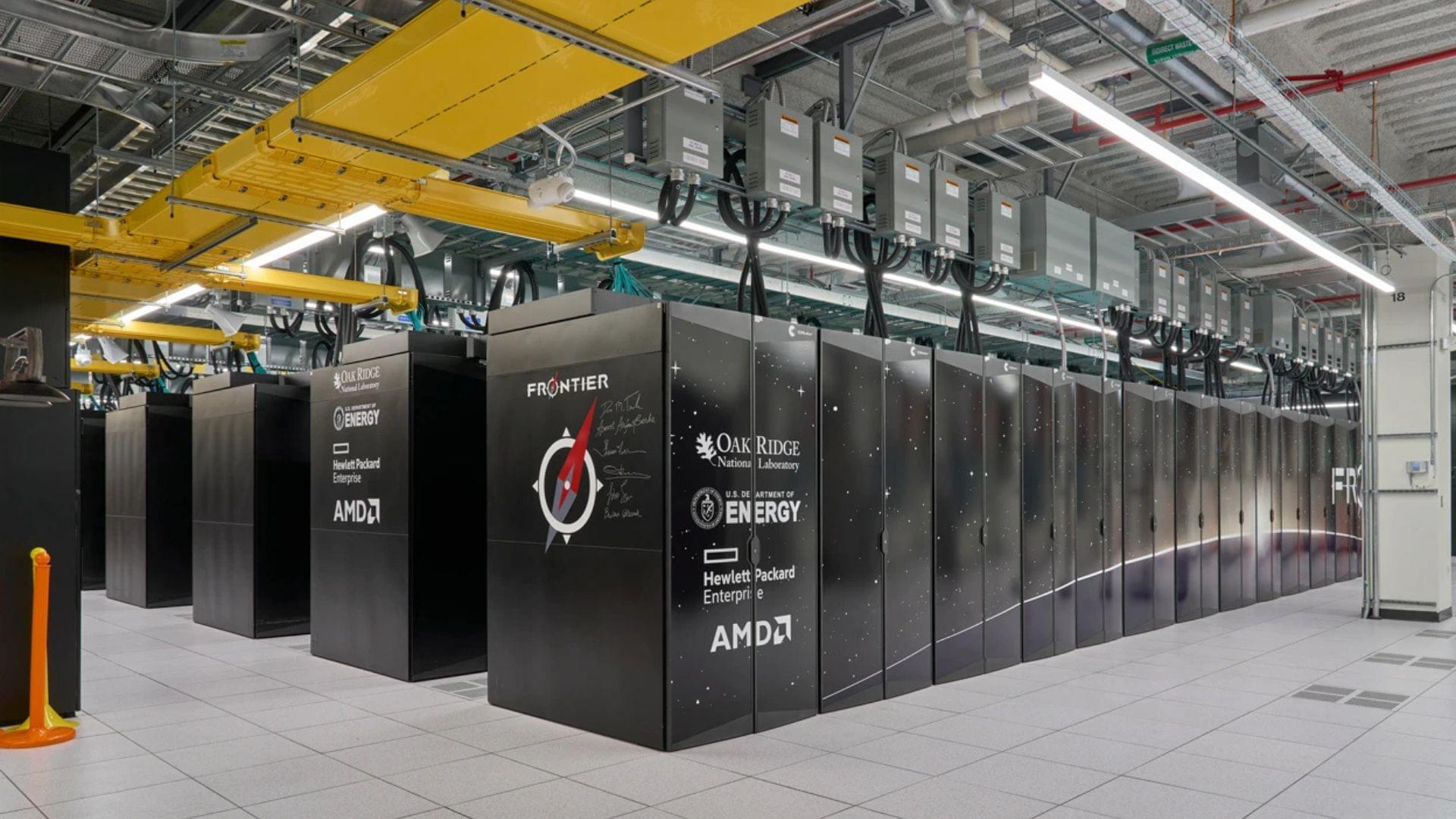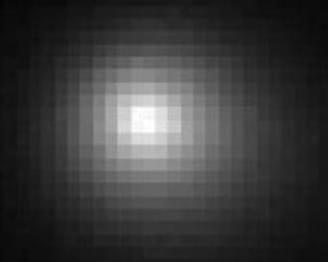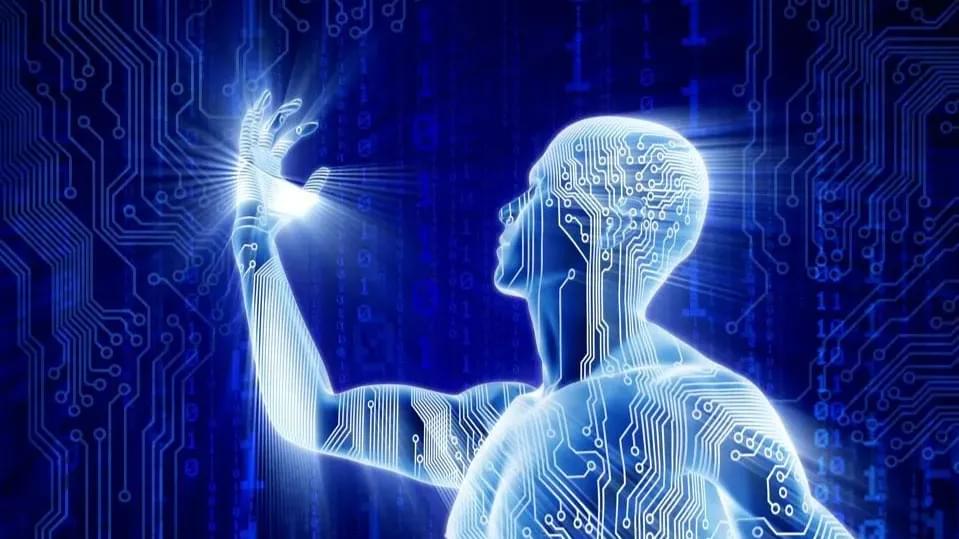The President’s long-awaited plan outlines dozens of steps aimed at establishing U.S. dominance in the technology.



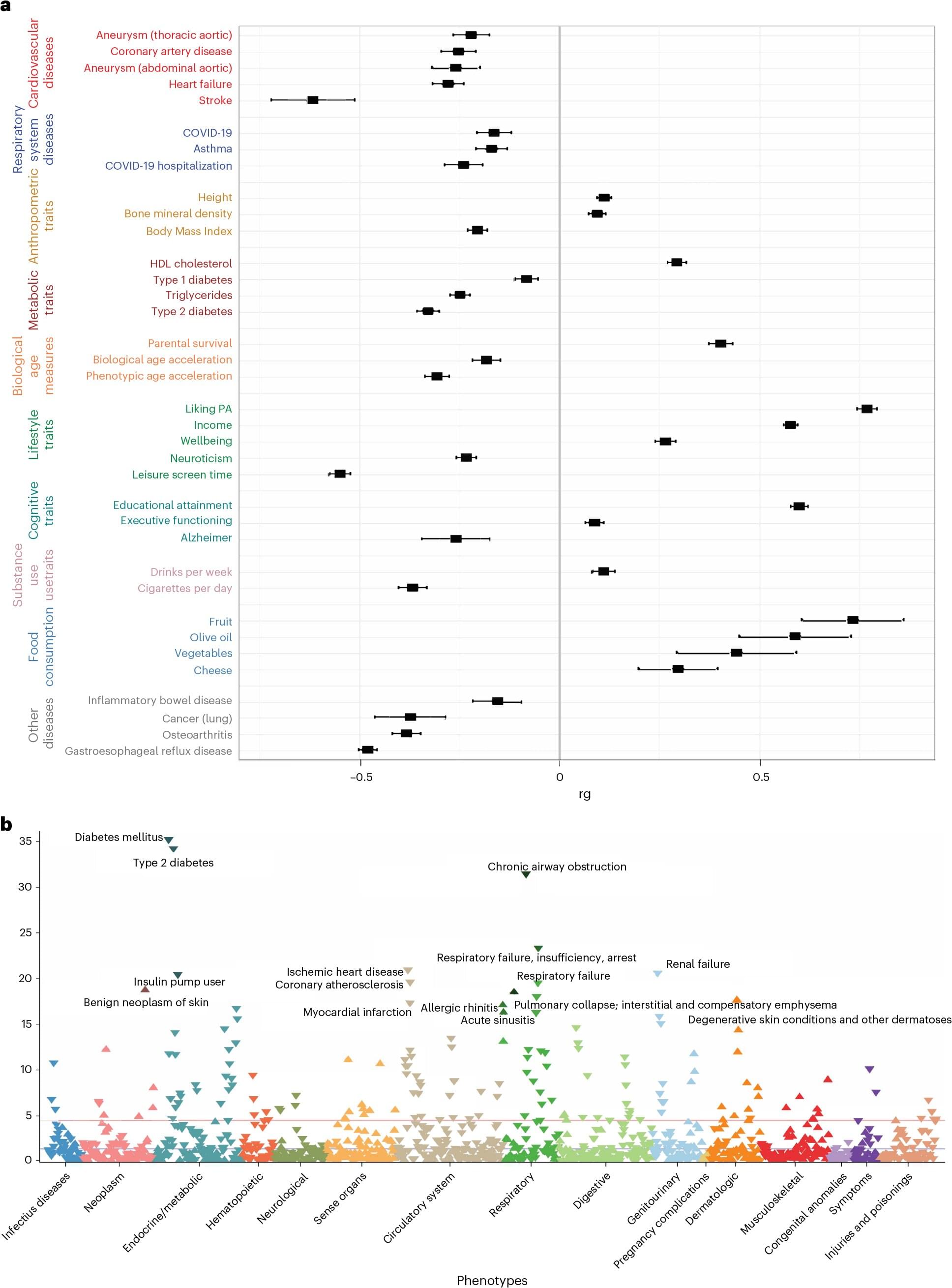
The benefits of exercise and its positive influence on physical and mental health are well documented, but a new Yale and VA Connecticut study sheds light on the role genetics plays for physical activity, accounting for some of the differences between individuals and showing differences in biology for physical activity at leisure versus physical activity at work and at home.
Using data from the Million Veteran Program (MVP), a genetic biobank run by the U.S. Department of Veterans Affairs, the researchers analyzed genetic influences on leisure, work, and home-time physical activity. They wanted to understand how genetics impacts these three types of physical activity and compare their health benefits.
The study included nearly 190,000 individuals of European ancestry, 27,044 of African ancestry, and 10,263 of Latin-American ancestry. To study the genetics of physical activity during leisure time, the researchers also added data from the UK Biobank, which included about 350,000 individuals.
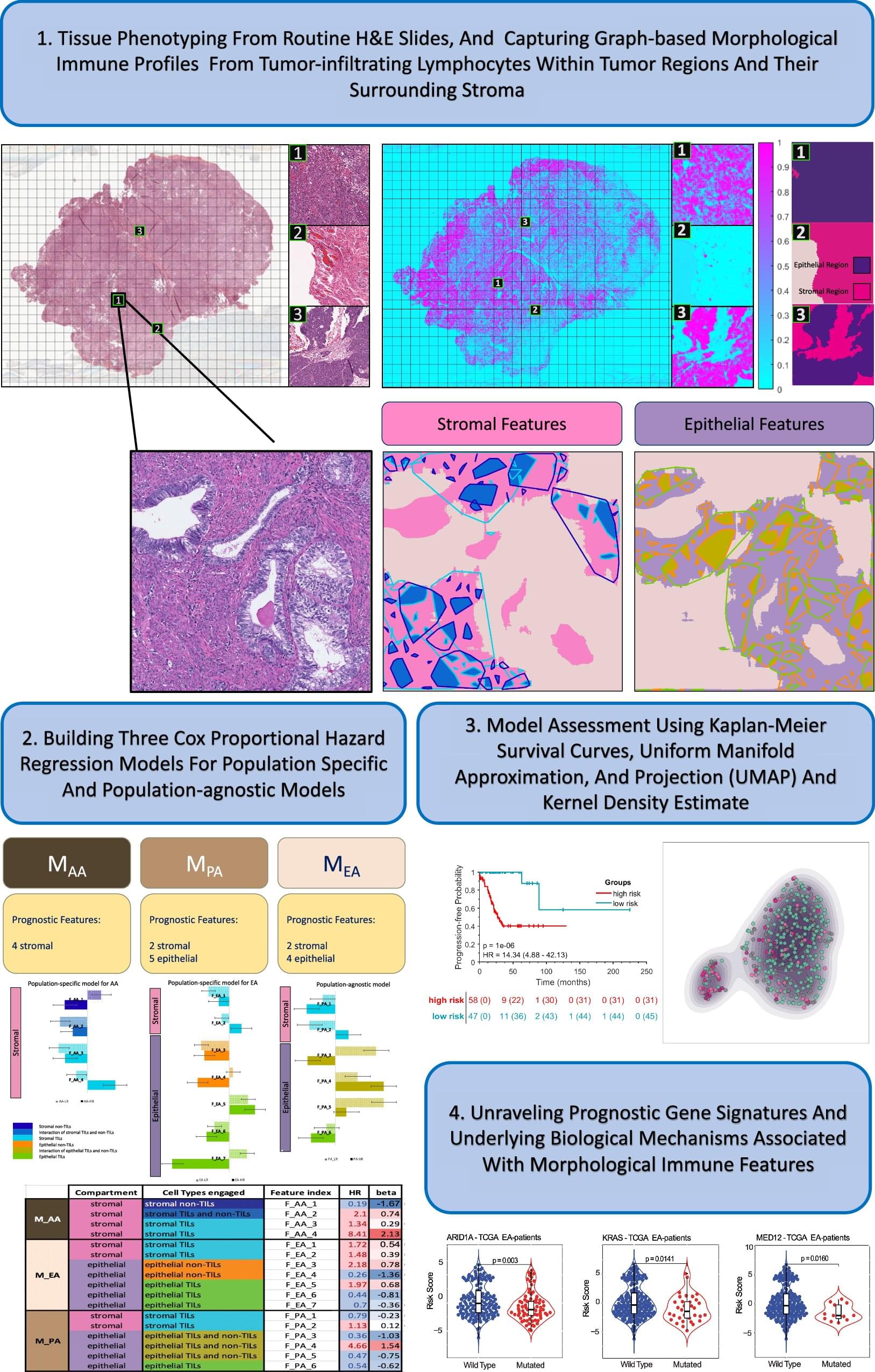
Endometrial cancer—in which tumors develop in the inner lining of the uterus—is the most prevalent gynecological cancer in American women, affecting more than 66,000 women a year. Black women are particularly at risk, with an 80% higher mortality rate than other demographic groups and a greater chance of contracting more aggressive cancer subtypes.
Regardless of lifestyle choices and health care equity, studies still show Black women have lower survival rates. A team of Emory researchers wondered: Could that poorer prognosis in Black women be caused by pathologic and genetic differences as well?
“Racism and equitable access to health care certainly play a big role in the increased mortality for populations of color,” says Anant Madabhushi, executive director of the Emory Empathetic AI For Health Institute. “But with endometrial cancer, it may not completely explain the difference in mortality.
Science Fiction isn’t often taken seriously by Hollywood, thanks to movies like Star Wars. However, some of the best sci-fi is the type that takes a hardcore approach to the world it’s set in, basing it on a realistic approach. It’s called Hard Sci-Fi, and these are the best Hard Sci-Fi movies of all time.
1. Interstellar.
2. Apollo 13
3. 2001
4. The Martian.
5. Gravity.
6. Solaris.
7. Moon.
8. Europa Report
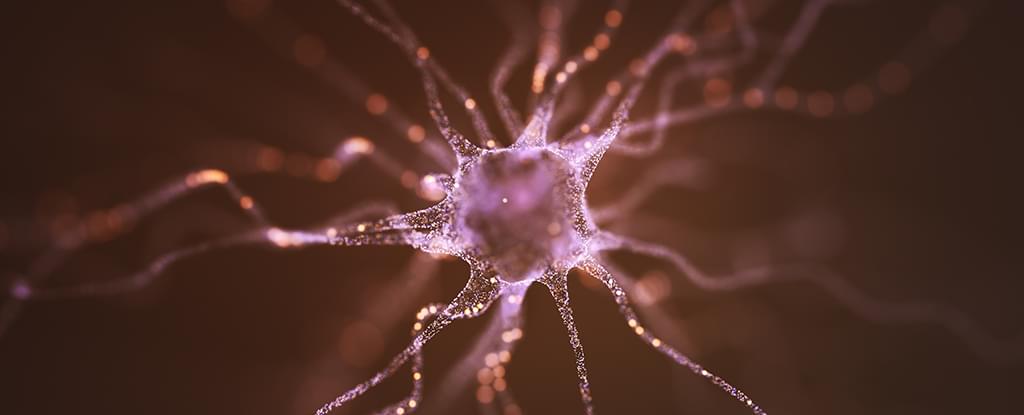
Broken connections between brain cells play a critical role in multiple neurodegenerative conditions, including Parkinson’s disease. Scientists have now come up with a novel way of repairing our neural wiring.
A team led by University of Pisa biologist Sara De Vincentiis used mini-brains grown in a lab to test a technique they’re calling “nano-pulling”, using tiny magnetic particles controlled by magnetic fields to guide axons (connective nerve fibers) into place.
With further development, the researchers believe this approach could help restore the nigrostriatal pathway, a vital connection in motor control that is compromised in Parkinson’s patients.
